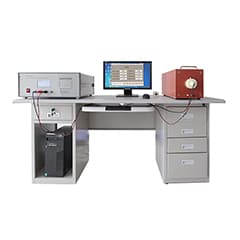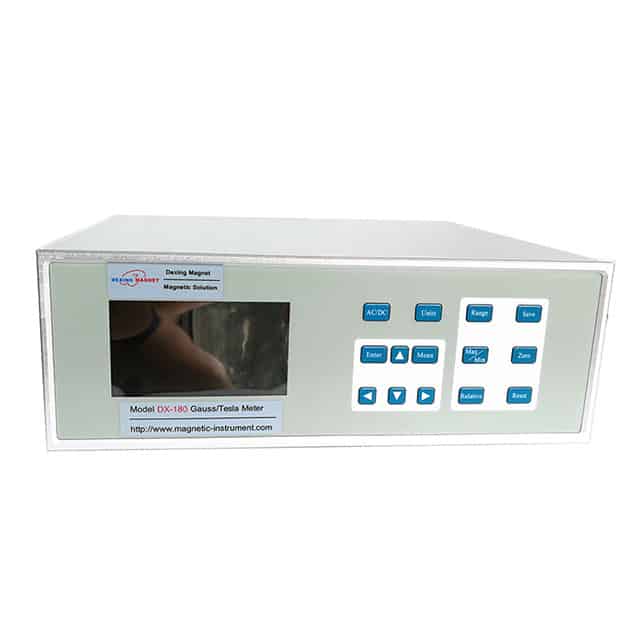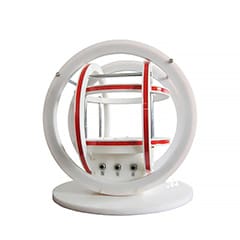products categories
contact us
- If you have questions, please contact us, all questions will be answered
- Tel : 18030236818
- Fax : +86-592 5237901
- Email : dexing@china-dexing.com
Hall Effect Measurement System
More accurate muon magnetic moment measurement results released
The latest measurements from a muon G-2 collaboration led by Argonne National Laboratory and Fermi National Accelerator Laboratory in the United States, There is a significant difference between the conclusion and the predicted value of the standard model.
G-factor is a quantity that describes the relationship between particle magnetic field strength and its mass. The muon G value is predicted to be about -2.002 according to the theory, and the difference between it and -2 is called G-2. This part is the part where its magnetic field deviates from its own dipole moment, which is caused by some quantum electrodynamic effects.
Also called anomalous magnetic moments.
As early as 2001, the measured value of muon G-2 published by Brookhaven National Laboratory (BNL) in the United States is somewhat different from the theoretical value predicted by the standard model, but its measurement uncertainty is large.
In physics, 5 sigma is used as the standard to confirm the confidence of a physical discovery, and the difference between the G-2 measurement and the theoretical value was only 3.7 sigma, which is not enough to be considered as evidence of a new physical discovery.
The latest measurements are more accurate.
The team used Fermilab's particle accelerator to churn out muons and developed a system that included 8,000 lasers cutting iron foil to produce as uniform a magnetic field as possible, as well as a calibration probe with relative accuracy of 15 parts per billion to accurately measure the precessing rate of muons in the magnetic field.
So far, only 6% of the experimental data have been analyzed, and the G-2 accuracy is comparable to that of the BNL experiment, and the results are different from those predicted by the standard model.
Follow-up data analysis will significantly reduce uncertainty, show real differences between the experimental results and the original theory, and offer hope for the study of new physics and possibly even unknown particles.
Several papers on the work were published April 7 in the journals Physical Review Letters and Physical Review A.
But in another international team is also on the g-2 value of muons theory predicts that the use of quantum color dynamics (QCD) and quantum electrodynamics, the leading hadron the effect of vacuum polarization (LO - HVP) contribution to the muon g - 2 value was calculated, and forecast on the correction theory, the effect is considered to be the main source of error.
The team spent hundreds of millions of CPU hours in various supercomputing centers in Europe, and the results were more in line with the BNL results than they had previously predicted using dispersion relationships.
If further theoretical and experimental crossover studies confirm this theory, it may be possible to fully explain muon magnetic moments -- following the standard model, without any new physics being involved.
The study was published in the April 8 issue of Nature.
The muon G-2 collaboration is busy analyzing the latest data to reduce the error to a quarter of the current level, according to a report published on April 7 in the journal Nature News.
The results will tell us whether muon magnetic moments fit the standard model or are related to new particles or new mechanisms outside the standard model.
Before reaching a conclusion, the team did not favor either explanation.











